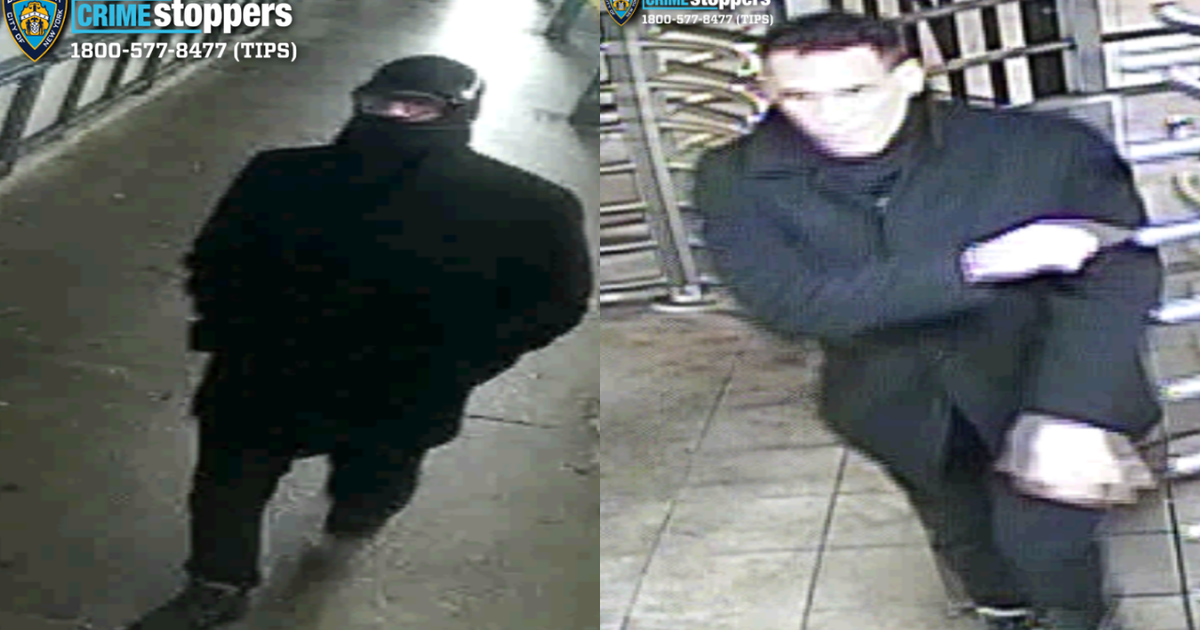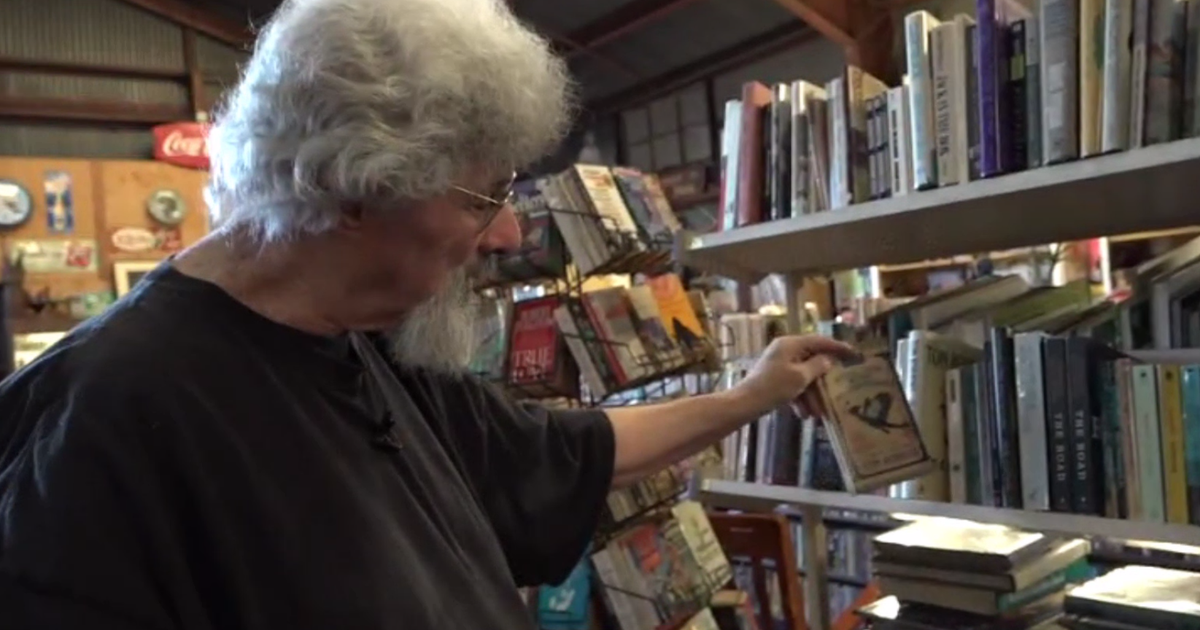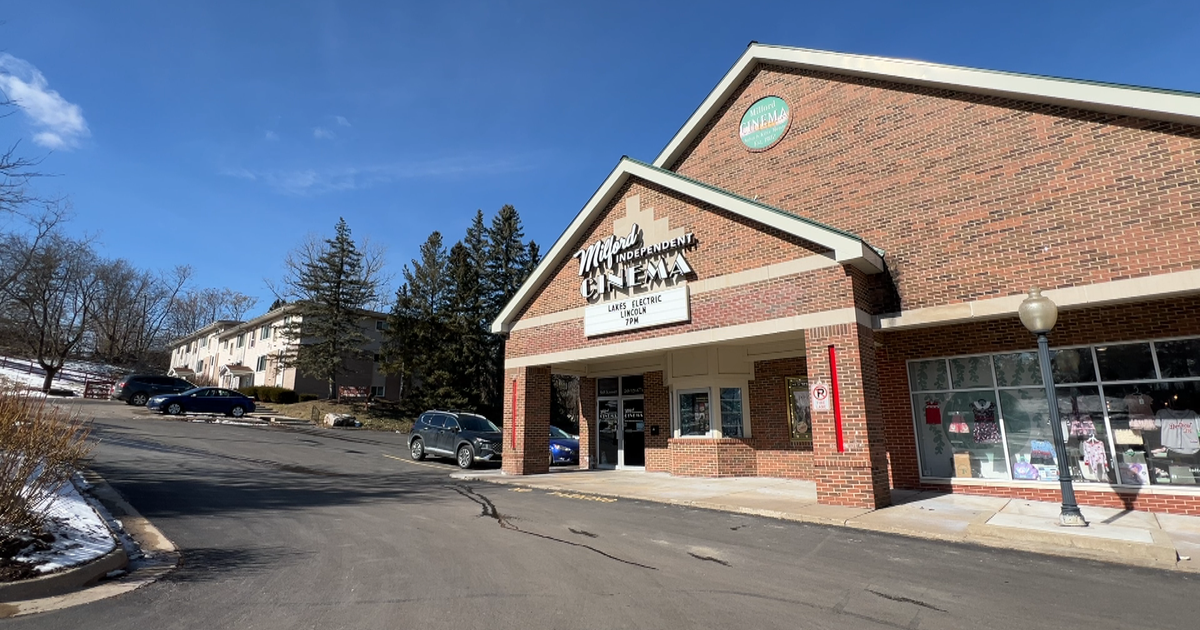NYC road closures and subway outages to know for your commute amid ongoing flooding
NEW YORK -- Several major roadways were completely shut down and subways and trains were disrupted due to the heavy rainfall flooding the area.
MTA officials gave an update on evening commute conditions Friday afternoon.
Gov. Kathy Hochul called the flooding "historic," saying the state was on track to set a new record for rainfall.
"This is Hurricane Ida-level waters," Hochul said. "It is not finished yet. There is more rain on the way."
CBS New York's Traffic Reporter Guy Staniar reported "full closures" like he's "never seen before" Friday morning.
The FDR Drive was completely shut down in Lower Manhattan, as well as sections of the Brooklyn Queens Expressway in both Queens and Brooklyn. The Belt Parkway was also shut down in both directions near the Verrazzano Bridge.
The FDR fully reopened after several hours at around 3 p.m.
Up in Westchester County, the Hutchinson River Parkway, the Major Deegan Expressway, the Saw Mill River Parkway and Bronx River Parkway were also completely closed for a time.
MTA officials give evening update on storm
"The number one thing everyone needs to know is the subway service continues to be limited. Some lines are running. The A train is running. The 7 train is running. Those are important lines, but many other lines are suspended fully or continue to be operating partial service," MTA chair and CEO Janno Lieber said.
Lieber encouraged subway riders to strongly consider bus service instead, saying they're "the lion's share of our mass transit right now. So please consider a bus."
Lieber said one of the three lines of Metro-North - the Hudson line - has been restored. He said restoration of the New Haven line and Harlem lines was being worked on, but was "by no means certain." He urged those commuters to use the subway instead.
Lieber said there was "good" Long Island Rail Road service, with cross honoring being offered.
He asked people to routinely check the MTA's website to get the latest on the changing conditions.
"Subway impacts are greatest in Brooklyn," Lieber said. "But, let me tell you, this would've been a lot worse if we hadn't gotten pretty good, unfortunately in the era of climate change, of preparing for these kind weather events. Deploying pump trains, covering all the grates, making sure that all the drains are working, and all the resiliency work we've done in the last two years since Hurricane Ida."
Lieber said 44 buses out of 3,500 got stranded at some point during the day, but all are now "out of harm's way."
MTA officials said they were hopeful they'd be able to run more or less normal service on Saturday.
Lieber said part of the reason Brooklyn's subways were so significantly struck by the flooding had to do with the storm itself hitting Brooklyn first, and hard, for a prolonged duration in the morning.
Prior to the storm, the MTA said water in the system would be inevitable, especially with flash flooding. Officials gave an update on Wednesday afternoon as the day full of issues lingered on.
Officials urged people to stay home if possible, but many said they couldn't.
"Best of luck to everybody else because we're all dealing with the same rain," one man said.
Watch: Mayor Adams, Gov. Hochul share update on storm response
Ophelia's remnants soaked New York City and the surrounding area with heavy rain for the Friday morning commute.
Gov. Kathy Hochul declared a state of emergency for New York City, Long Island and the Hudson Valley. Mayor Eric Adams echoed the state of emergency for the city, asking people to shelter in place, if possible.
- Read More: State of Emergency in effect as storm brings flooding, damage to New York City and beyond
"I want to say to all New Yorkers, this is time for heightened alertness and extreme caution. If you are home, stay home. If you are at work or school, shelter in place, for now," Adams said. "This is a dangerous weather condition, and it is not over. And I don't want those gaps in heavy rain to give the appearance that it's over, it is not. We can possibly see 8 inches of rain before the day is over."
"The bottom line is we're here to help New Yorkers get through what is a life-threatening rainfall event," Hochul added.
The MTA said crews are working to minimize the impact on service, but the 2, 3, 4, 5, 6, C, D and F -- to name a few -- were rerouted, delayed or flat-out suspended.
Over at 96th Street, the water poured into the underground.
"As you can see, everybody's waiting, big crowd. We have to get an alternate route," one subway rider said.
As a result, one man was left contemplating how to get to his office.
"Thankfully, my office is about a mile away. Worse comes to worse, I'll walk. Unlikely I'll get a cab. Buses are packed," he said.
City Councilmember Gale Brewer wrote on social media that she had been stuck on a 2 train at 96th Street for hours.
The LIRR will cross-honor MetroCard riders between Jamaica and Penn Station-Grand Central Madison.
Check the latest conditions on the rails.
Metro-North service was also suspended in both directions on the Harlem & New Haven lines. The Hudson line was only running northbound service from Yankee Stadium -- E. 153 St.
Meanwhile, LaGuardia Airport's Terminal A was closed.
The NYPD said the FDR Drive and Delancy Street were closed in both directions, along with all lanes of the Belt Parkway at Exit 6 -- Cropsey Avenue.
On Thursday, MTA crews inspected all flood-prone stations, like 157th Street in Washington Heights. They checked storm drains and put the necessary equipment in place to keep trains moving.
The agency also activated its 24-hour situation room, where it is monitoring conditions 24/7. Officials say crews were deployed to strategic locations so they can respond quickly to any flooding.
- First Alert Weather: Red Alert for Friday storm set to flood parts of Tri-State Area
The focus during heavy rain is to minimize the impact to service by removing water quickly when it does infiltrate the system. Certain stations have backflow preventers that allow water to flow out of the station and prevent it from coming back in.
If that doesn't work, the water will have to be pumped out through hoses.









